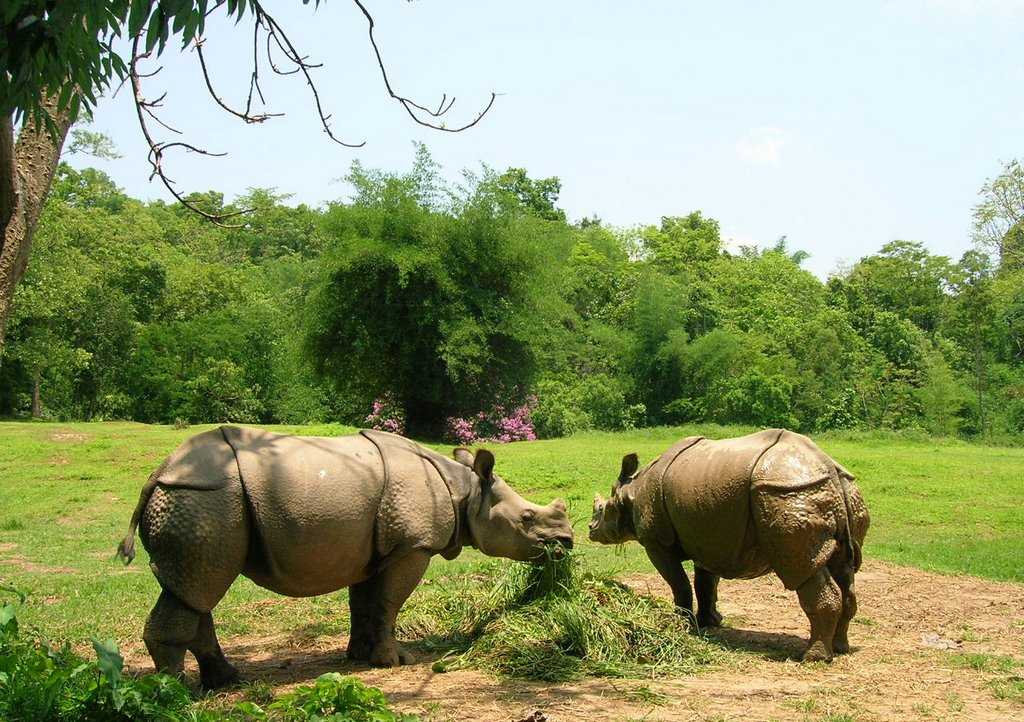Guwahati Zoo, also known as the Assam State Zoo, is a prominent attraction located in Guwahati, Assam. Established in 1957, it is one of the largest zoos in Northeast India, covering over 432 acres. The zoo is home to a diverse array of wildlife, including numerous species of mammals, reptiles, and birds. For animal lovers, families, and nature enthusiasts, the Guwahati zoo animals offer an unforgettable experience. This article explores the various inhabitants of the zoo, with a special focus on the avian population, and provides insights into how to capture the perfect Guwahati zoo photo.
A Glimpse of Guwahati Zoo Animals
Mammals
Guwahati Zoo is home to a variety of mammals, both native to India and from other parts of the world. Some of the notable mammals you can find at the zoo include:
- Bengal Tiger: One of the star attractions of the zoo, the Bengal tiger is not only the national animal of India but also a symbol of wildlife conservation efforts. Observing these majestic creatures in their habitats is a thrilling experience for visitors.
- Asiatic Elephant: Elephants are a vital part of Indian culture and ecology. The zoo houses several Asiatic elephants, which are smaller than their African counterparts. Watching them interact in their enclosure is a highlight for many visitors.
- Leopard: Known for their stealth and grace, leopards are fascinating creatures to observe. The zoo provides a suitable environment for these big cats, allowing them to exhibit natural behaviors.
- Sloth Bear: These unique bears are characterized by their shaggy fur and long snouts. Visitors can learn about their habits and habitats as they watch them foraging in their enclosure.
Reptiles
The reptile section of Guwahati Zoo features several species that intrigue and educate visitors. Some notable reptiles include:
- Indian Python: This non-venomous snake can grow quite large, making it a fascinating species to observe. The zoo provides educational information about the role of pythons in the ecosystem.
- Monitor Lizard: These large lizards are known for their impressive size and adaptability. They play an important role in controlling pest populations in their habitats.
- Cobra: Known for their distinctive hoods, cobras are both feared and respected in Indian culture. The zoo's enclosure offers a safe way to view these striking reptiles up close.
Guwahati Zoo Birds
One of the standout features of Guwahati Zoo is its impressive collection of birds. The Guwahati zoo birds section includes a wide variety of species, many of which are native to India. Some highlights include:
- Peacocks: These beautiful birds are a symbol of grace and beauty. Known for their vibrant plumage, peacocks often display their feathers to attract mates, making them a popular attraction for zoo visitors.
- Brahminy Kite: This bird of prey, known for its striking coloration, can often be seen soaring above the zoo grounds. The Brahminy kite plays an essential role in the ecosystem, helping control populations of smaller animals.
- Flamingos: Known for their vibrant pink color and unique feeding habits, flamingos are a delightful sight in the zoo. They often attract photographers looking to capture their beauty.
- Hornbills: With their distinctive beaks, hornbills are a unique and fascinating species. The zoo houses several varieties, providing visitors with the chance to learn about their behaviors and habitats.
Capturing the Perfect Guwahati Zoo Photo
When visiting Guwahati Zoo, capturing memories through photography is a must. Here are some tips for taking stunning Guwahati zoo photos:
1. Use Natural Light
Natural lighting can dramatically enhance your photos. Early mornings or late afternoons provide softer light, which is ideal for capturing vibrant colors, especially in the feathers of birds like peacocks and flamingos.
2. Focus on Details
Don’t just aim for wide shots; focus on details that tell a story. Close-up shots of animals can reveal textures, expressions, and behaviors. For instance, capturing a close-up of a tiger's eyes or a flamingo's feathers can create striking images.
3. Capture Animals in Action
Patience is key. Observe the animals and wait for moments of action, whether it’s a tiger prowling, an elephant splashing water, or a bird taking flight. These dynamic shots often convey the energy of the wildlife.
4. Utilize Different Angles
Experiment with different angles to find the most compelling perspective. Shooting from a lower angle can make animals appear more majestic, while an elevated viewpoint can capture the layout of the enclosures.
5. Be Respectful of Wildlife
While capturing images, ensure you respect the animals’ space. Avoid using flash, as it can disturb them. Always follow the zoo's photography guidelines to ensure both your safety and the well-being of the animals.
Educational Opportunities
Guwahati Zoo is not just about viewing animals; it also serves as an educational platform. The zoo conducts various programs aimed at raising awareness about wildlife conservation. Visitors can engage in educational talks, workshops, and guided tours that highlight the importance of preserving natural habitats and protecting endangered species.
Conclusion
Guwahati Zoo offers a rich tapestry of wildlife experiences that cater to all ages. With its diverse range of Guwahati zoo animals, including magnificent mammals, captivating reptiles, and vibrant birds, the zoo serves as an important sanctuary for both education and conservation. The opportunity to witness such an array of species in a naturalistic setting makes it a must-visit destination in Assam.
For anyone interested in wildlife, photography, or simply spending a day immersed in nature, Guwahati Zoo is an enchanting place that promises a memorable experience. So grab your camera, explore the animal kingdom, and enjoy capturing the beauty of nature at Guwahati Zoo!





Comments